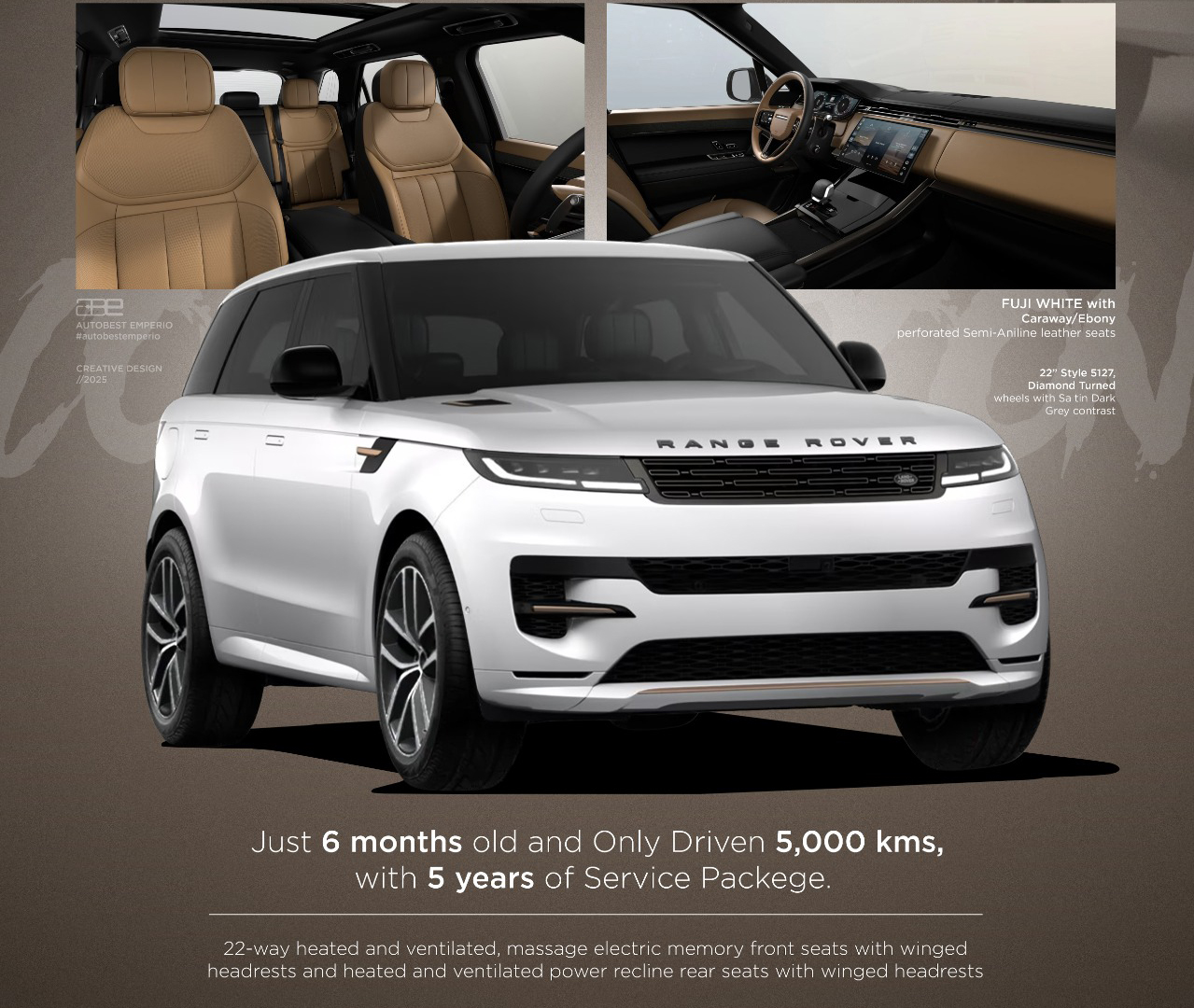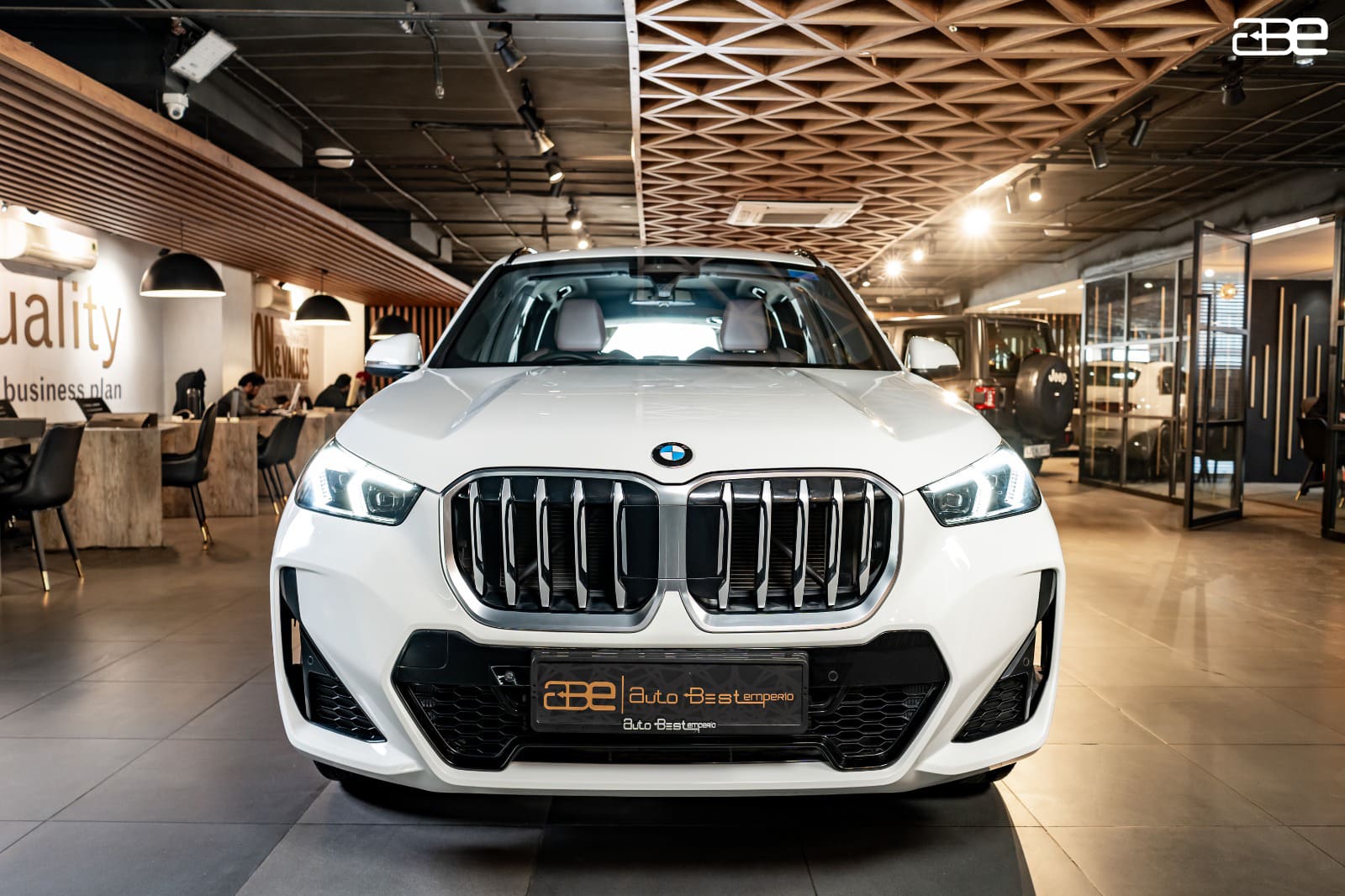What are the different types of suspensions?

You can’t call yourself a car enthusiast if you don’t know what a car suspension is, having heard it before would not count. Knowing what it stands for exactly would mean that you are a true-blue car enthusiast. In fact, if riding comfort is one of your priorities, you must know about it. If you want to know about it, you’ve come to the right place, we at Autobest see it as an absolute honor.
Cars have always been everyone's top priority when selecting a vehicle for a long trip. Have you ever wondered why so? Well, it is largely because a car allows us to sit comfortably for long hours. Of course, seats are responsible for such comfort however, not more than the suspension of the vehicle. There are different types of suspension each playing a different role. The suspension absorbs any potential impact that you may face to allow you to enjoy the ride. A developed type of car suspension has a progressive system that automatically adapts to the different types of roads and accordingly configures itself to make your ride smooth.
If we were to describe it in simple terms, the suspension is what keeps your buttocks comfortable on the car seat and makes the car maintain handling and braking consistently. Without the suspension, your car can completely tumble sideways. If your car has a poor suspension system, its bounce rate would be much higher because the spring wouldn’t expand at the right time in order to keep your tires on the ground.
You should be aware of various car suspension types to know your car better. A fault in suspension can cause trouble in the way your car is able to deal with a damaged road and bumps. Clunking sounds while driving on a speed bump is also a sign that your car’s suspension system is faulty. Other signs of problems in suspension include excessive bumpy rides, unexpected difficulty steering, unbalanced sides of the car when parked, etc.
Let us dig into the world of types of suspension system. Autobest has gathered all the important knowledge for you in one place to make your learning easier. Get to know your favourite car a little more by understanding the suspension system. Read on to learn about different types of suspension.
Following are the types of suspension systems:1. Semi-independent or dependent suspension system: This system is made up of springs, which can be either coil or leaf springs. Links/arms and shock absorbers are also a part of the system and help in keeping the wheel on the ground.
An axle or beam joins the left and right wheels in tandem so that they spin together. Since both the sides or wheels are connected with each other, in case one of them bends towards its respective swide the other side would do the same. The dependent suspension system is a primary system because they retain the capacity to deal with rough conditions and shock. This suspension system is chosen over others because it can carry the most weight in comparison to other systems. This system is cheap and simple and that is why it is put in a lot of vehicles that demand affordability and durability.
Following are the types of semi-independent suspension systems:1. Torsion Beam: It is a type of rear suspension system. The torsion beam system is simple and low cost. This system is commonly found in the rear, this system uses trailing arms integrated with a cross member that twists as the wheels move. It is relatively cheap to move and rigid, all at the same time. It is found in smaller sedans and hatchbacks. One wheel moves in relation to the other in a dead-axle system.
2. Live Axle: In simpler terms, it transmits power to the rear wheels, unlike the torsion beam which has power in the wheels. It is found in SUVs, light trucks, and buses as this system is more rugged.
3. Independent Suspension System: Unlike the semi-independent one, it does not feature a bar that connects the wheels. Each wheel has its own spring and a shock absorber which makes the ride even more smooth. Because when one wheel is challenged by a bump, the other one stays put. An Independent system can be used either in front or rear, but the front one is more common these days as it keeps the front wheels on the ground and points the car in the direction where it’s supposed to point. The following type of suspension is unique since it is individually designed due to the indirect connection between the right and left wheels. They are not directly connected instead axle joints are used. The movement of axles is independent and it has a complicated design structure. The Independent suspension systems can be more commonly found in luxurious cars because it is quite expensive.
There are five types of independent suspension systems:1. Macpherson Strut: It's like a shock absorber encased in a coil spring. It is quite common in front-wheel-drive cars. It is the most cost-effective out of the three types because it uses fewer parts hence, way easier and simpler to manufacture. It does not take too much space and is used a lot in smaller and compact vehicles.
2. Double-Wishbone: It is two wish-bone-like arms connected to the wheel. One arm is located at the wheel while the other one is located at the vehicle’s frame. The result would be that the outside wheel of the car when cornering will have optimal contact with the road hence, better grip and handling performance.
3. Multiple-link: These use one or more longitudinal arms as well as three lateral arms. This one is more expensive, intricate, and complex than the other two types. In modern cars, this type is used in the rear, and MacPherson struts in the front. However, due to its cost, it is found only in cars from the premium segment. Since there are more links connected to the wheel, the car can move more freely or we can say that it can cover more angles. That is why it is found in off-road cars, sedans, or sports cars.
4. Rigid axle suspension: The following type of suspension focuses on connecting opposite vehicles with the help of a solid beam. The ride quality is reduced whenever the tire across one side is adversely impacted by a bump or movement on the opposing side. Although this is a clear disadvantage, rigid axle suspension is easy to produce and provides a lot more wheel travel.
5. Trailing arm suspension: The component of the suspension system that joins the axle to the chassis of the car is called the trailing arm. The component of the suspension system that joins the axle to the chassis of the car is called the trailing arm. It must handle the car's load while also the pressure and compression strain produced among the rear wheels and the chassis.
Out of the two main types, no type is better. It all depends on how the manufacturer tunes their systems and engineers everything to accommodate each and every system. In a pickup truck, for instance, the suspension at the rear is more likely to be live because of the load capacity. But in the case of a sedan that is made for comfort, it will benefit a great deal from an independent suspension. A multilink and a wishbone are more expensive to manufacture, so a car that has these types of systems would obviously be expensive. Also, any savings that are made by the manufacturer will result in a more reasonable price for the buyer if he is on a budget. There is no one-size-fits-all solution.
Hope to have cleared some doubts about the suspension system, we are known for our dealership in Skoda and Volkswagen. If you own these cars, you can schedule a servicing appointment online. We would be happy to serve you. Autobest’s website also has applications that can help you pick the car that will be perfect for you. It doesn’t end here; we can also assist you in picking the right accessories for your car. We also deal in pre-owned cars. All you have to do is drop by, from there we will take over. For more information related to your vehicle, you can visit the blog section of our website and gain some knowledge regarding the system and functioning of a car. We ensure to provide you with the best possible service and create a strong relationship for a happy experience.
Read More Post:
1. A Step-by-step Guide To Change Car Air Filter

 By Admin
By Admin









